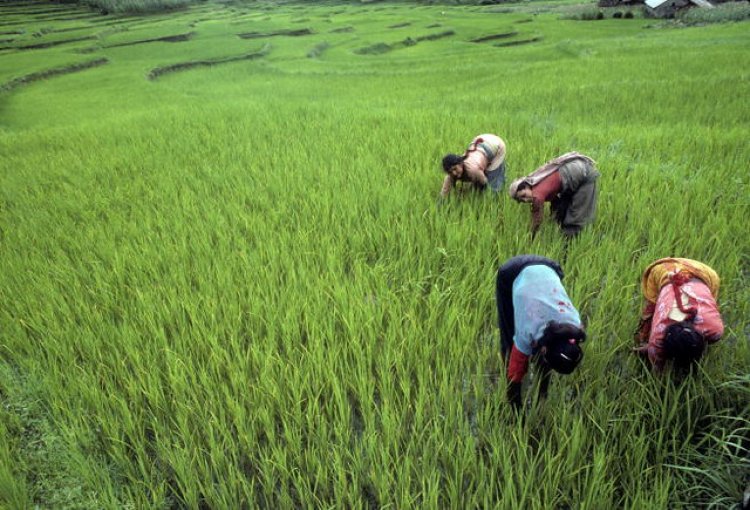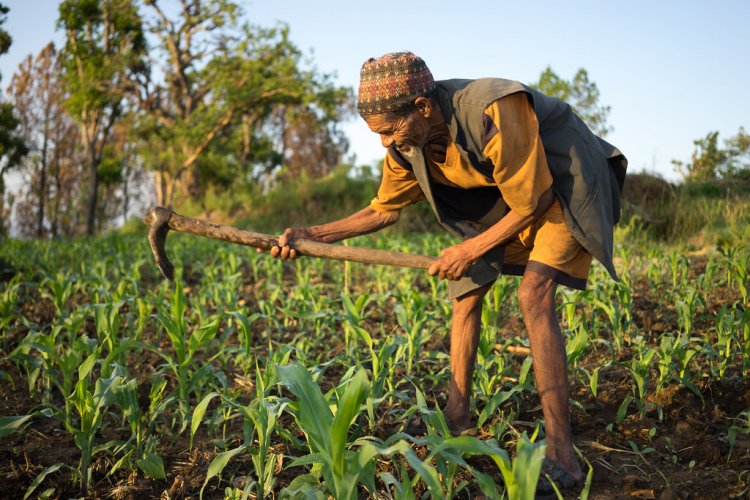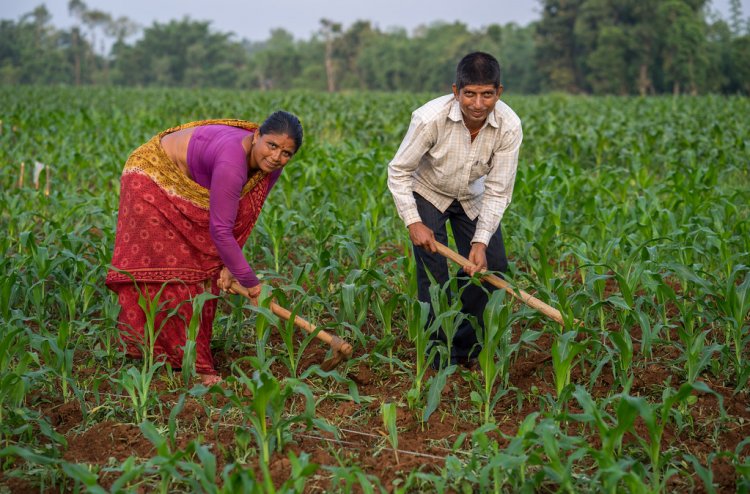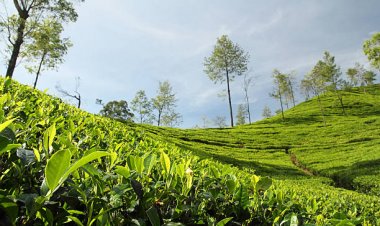The peasants of Nepal
The Farmers of Nepal

Nepal is a small country with an area of 1,471,181 sq. km. Economically, Nepal is the least developed country in the world and agriculture is the main occupation. Agriculture forms the principal occupation of the people of Nepal. Agriculture's contribution to GDP was 26.21 percent in the fiscal year 2019/20. A large majority of the people of our country are peasants. The peasants mostly live in the village area. They are found on the hills, in the valleys, and on the plains. Though Nepal is a small country, the peasants of Nepal differ from region to region.
The peasants of Nepal are mostly poor. They live in small houses or huts. They eat poor food and wear ragged clothes. Most of them are illiterate. They are too preoccupied with their work to notice what is going on in the world. They live in unclean surroundings. They're ignorant of hygiene and sanitation. That’s why they suffer from diseases. They are so poor that they can't send their children to school.

Most of the peasants have small plots of land. The produce of the land is hardly sufficient to maintain themselves and their families. Some peasants have no land of their own; they own less than one hectare of land, and their income is insufficient even to meet their basic needs. Most of them cannot get two meals a day. They have hardly any subsidiary occupations. They remain idle in the off-season. They cultivate the land of others, and they are poorer than landed peasants.
The peasants are very busy during the working season. They work in the fields from morning to night. They are helped by their wives and children. They work with spades and hoes. The peasants of the plains plow their fields with the help of oxen, while those of the hills and the valleys generally dig their fields with spades. The peasants keep animals like cows, oxen, goats, and sheep. These animals help them in their work and they are a source of small income as they also provide them with milk.
The peasants generally follow the traditional methods of cultivation. The product of their land is not high. They do not use good seeds and fertilizers. They do not have irrigation facilities. They cannot sell their product at a profitable rate. They have to market their goods in their localities, and they are hard hit by the scarcity of roads.
Nepalese peasants are facing different types of problems, the problems prevail in the Nepalese peasants are:
Traditional technique:
Nepalese peasants are highly dependent on traditional techniques. Due to a lack of education and widespread poverty, Nepalese farmers are unable to increase production and productivity. They are either ignorant or unable to use modern tools and techniques as well as improved seeds, fertilizers, insecticides, etc.
Inadequate irrigation facilities:
Irrigation is the lifeblood of peasants, but the irrigation facilities are not adequate in Nepal. Peasants are highly dependent on the monsoon for irrigation. Irrigation is available on only 55.8 percent of cultivated land. Productivity can't be increased without an adequate irrigation facility. Similarly, improved manure and modern technology cannot be effective without the availability of adequate irrigation.
Lack of agricultural credit :
In Nepal, about 18.7 percent of the people are below the poverty line and most of them are peasants. They are unable to invest more capital in farming. They need adequate credit facilities to make investments in agriculture. Institutional credit facilities are very limited in Nepal, and those that are available are also out of reach for poor farmers for a variety of reasons, including security concerns and lengthy formalities.
Lack of marketing facilities :
There is no organized agricultural marketing system in Nepal. Due to the absence of transportation facilities, rural areas lack marketing facilities. The peasants are forced to sell their products cheaply to local traders. That’s why peasants are discouraged from investing and producing more.
Defective land tenure system:
There is dual ownership of land in Nepal. Tenants cultivate the land, and more benefit goes to the land owner's hand without any labor or physical work. In practice, the rent charged by the landowner exceeds 50% of the amount specified by law. Because of that, peasants have no enthusiasm to increase productivity.
Existence of middleman:
Most of the peasants sell their products in the local market due to the unavailability of marketing facilities and storage facilities. The products are passed through the middleman to the ultimate consumers. Peasants have no bargaining skills or power. Price determination and the flow of products are dependent on middlemen. So, the consumers have to pay a high price, and the producers do not get a reasonable price.
Lack of storage facility:
Nepalese peasants have no storage facility for their products. So they are compelled to sell their products at a low price during the harvesting season. They are unable to store their product to sell at a time when demand and prices are high.

The peasants of Nepal require a great deal of help to improve their condition. The land reform act has improved their condition to some extent. The agricultural bank is helping them with loans. The department of agriculture is helping them with seeds and fertilizers. The government is diverting its attention to the assistance of the peasants; the peasants still require a lot of help and guidance. Everyone should try to help them.
What's Your Reaction?




































































































